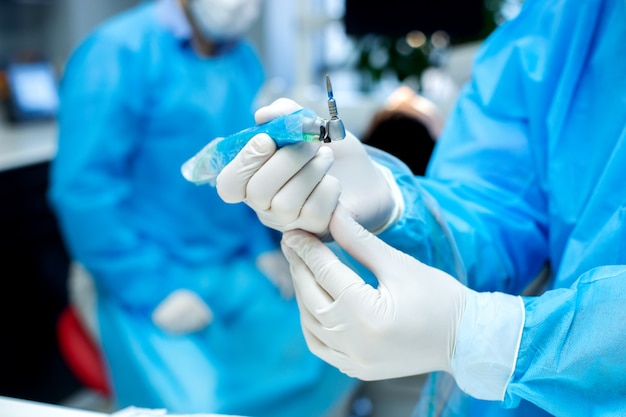
A hernia happens when an organ pushes through the muscle wall of the abdomen or groin. It can occur with any internal abdominal organ, but it’s most common in the groin area because it has less muscle tissue. The pain from a hernia can vary based on its location and size.
Hernias are often the result of age-related weakening of connective tissues, like ligaments, that hold everything together internally. Other factors such as obesity, heavy lifting, or bodybuilding can also contribute to hernias. Initially, you might experience discomfort, followed by swelling or bulging that increases in size if left untreated.
So, how can you fix a hernia, and what’s the best method for repair? This post covers three types of hernia surgery with their pros and cons.
Laparoscopic surgery involves making a few small incisions in the abdomen and inserting instruments through them. This allows surgeons to view your insides on a video screen and complete the surgery without large scars or a significant opening. Because it uses only minor cuts, you’ll experience less pain and faster healing times. Laparoscopic surgery is typically used for hernias on the front side of the abdomen (inguinal hernia). If you suspect you have a torn hernia, seeing a gastroenterologist for laparoscopic surgery is a good step. The surgery takes an hour or two, and you could be back to work in a few days, with a complete recovery in a couple of weeks.
Robotic surgery is another method for hernia repair, generally recommended for those with hernias that are hard to reach with laparoscopic surgery. This technique involves one small incision where a tiny camera and tools are inserted to perform the surgery. This allows for better visualization of the hernia and avoids the need for larger scars or openings as in open surgery. Robotic surgery is often used for hernias located deep on the side of the abdomen (femoral hernia), but new research indicates it’s also effective for inguinal hernias. Recovery from robotic surgery is longer, around six weeks, but it’s often less painful and leaves smaller scars compared to open surgery.
Lastly, open surgery involves making a large incision in the abdomen to fix the hernia. This method is characterized by a larger cut, which results in bigger scars, more blood loss, and longer recovery times. Open surgery is usually reserved for those who require hernia repair but have complications with other types of surgery or have larger hernias that are easier to repair this way. While it carries more risks, such as infections and other complications, it is the only method that can repair hernias located deep within the body.
If you’ve injured yourself while exercising, consult your doctor about these repair options. The best choice depends on the severity of your tear, its location, and your health history.